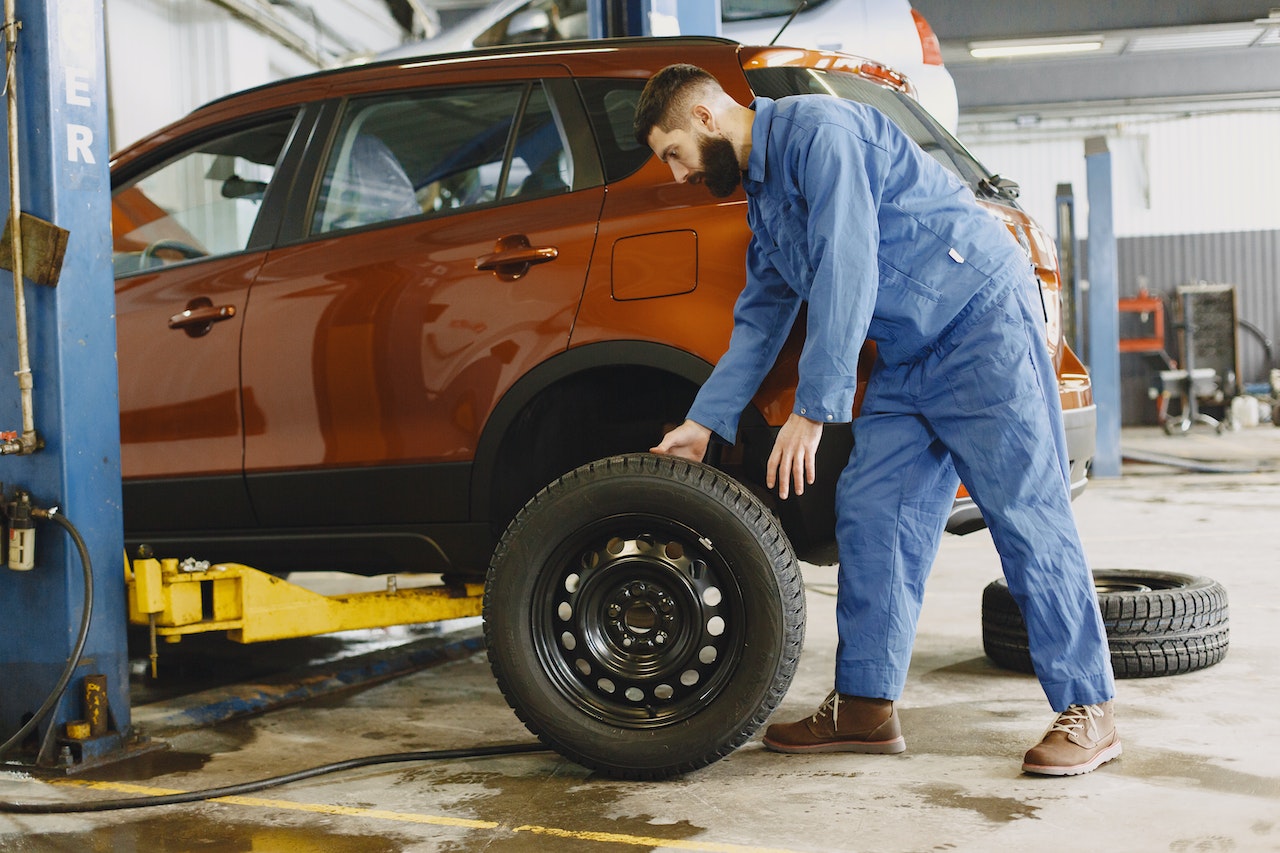How to Fix Unbalanced Tires

Unbalanced tires can lead to a variety of issues, such as increased wear and tear on the tires, uneven depreciation between each tire, and decreased fuel economy.
Balancing your tires can save money on repairs and extend the life of your tires and wheels. This task can be accomplished at home with a portable balancer or by taking your car to a mechanic who will do it for you.
Identifying the Problem
Unbalanced tires can lead to a variety of issues, such as uneven tread wear and reduced fuel economy. Whether the issue stems from normal driving or an unexpected collision, it’s essential that you address the issue promptly.
Tires are one of the most critical elements in your car, playing an essential role in keeping you safe while driving. If they become unbalanced, this could cause damage to both wheels and suspension.
When your tires aren’t balanced properly, the weight of each wheel isn’t evenly distributed around the rim. This causes unwanted bouncing which can significantly reduce vehicle stability and comfort levels.
Unbalanced tires can make steering more challenging, increasing the risk of a collision. This is especially hazardous when driving at high speeds when needing to turn quickly.
Inspecting the Tires
Tires are one of the most essential elements on your vehicle and can have a major impact on safety. Regular inspections will help you detect any wear or damage before it becomes an issue, and can help extend their life expectancy.
When performing a routine inspection of tires, be on the lookout for any signs of damage such as bulges or cuts in the sidewall or chunks missing from rubber. Additionally, inspect treads for dry rot or cracks.
Uneven wear is another common indication of an issue with your tires, and can be caused by various factors such as incorrect inflation or misaligned wheels.
Check the treads on each of your tires and compare their depth. If they all appear to be identical, there may not be a need to replace them yet. However, if there are noticeable differences between them, this could indicate an issue with vehicle alignment or lack of rotation.
Inflating the Tires
Unbalanced tires can lead to uneven wear, which reduces tire life and increases fuel consumption in your car. To correct an unbalanced tire, you can use either a pressure gauge or TPMS (Tire Pressure Monitoring System).
A properly inflated tire helps distribute the weight of your vehicle evenly across its tread pattern, keeping it stable. When your tires are underinflated, it can affect steering, handling, and stopping ability.
Underinflation causes tires to “flex” more during cornering and stopping, decreasing the performance and safety benefits designed into your tires by the manufacturer. It also decreases their footprint on the road, decreasing grip and making your car more vulnerable to damage.
Improper inflation can also amplify the noise you hear while driving and cause steering wheel vibrations. A difference of just half an ounce in air pressure will produce noticeable vibrations throughout your vehicle’s cabin.
Rotating the Tires
Tire rotation is a routine car maintenance task that helps ensure even tread wear, helping to avoid premature tire replacement or other issues.
Rotating tires regularly from front to back or side to side is necessary for the safety and longevity of your vehicle’s tires, helping maximize their life expectancy and reduce replacement costs. This practice helps extend the tread life and ensure proper inflation levels on each tire.
Rotating tires regularly is essential, particularly if your vehicle has all-wheel drive or an aggressive traction pattern. To determine when it’s time for this task, consult your vehicle owner’s manual; typically, they recommend rotating tires every 6,000 to 8,000 miles.